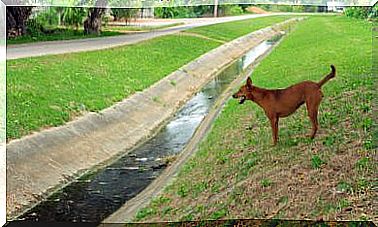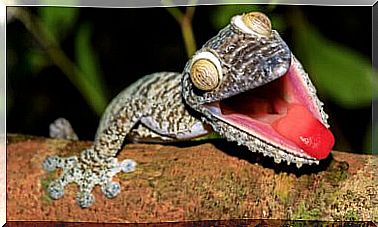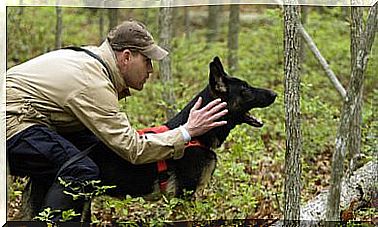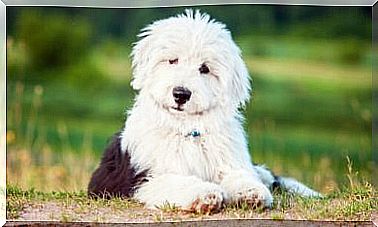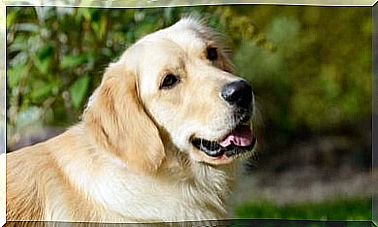Meet The European Brown Bear
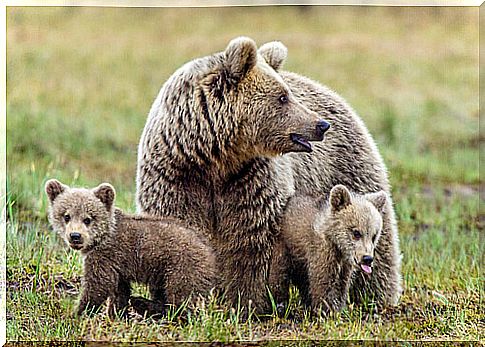
It is one of the subspecies of brown bear that exist today and, as its name suggests, it comes from Europe (between the Iberian Peninsula and Scandinavia). In this article we will tell you all about the European brown bear, a forest dweller.
Characteristics and habitat of the European brown bear
Within the subspecies of the brown bear, the European is one of the most ‘famous’, since it inhabits the forests and tundras of the entire continent. It is present from the Iberian Peninsula in the south to Scandinavia in the north, although there are also populations in Russia, Italy, Austria and Eastern Europe. It prefers oak, birch, beech, rocky and scrub forests.
A good way to spot the European brown bear in the forest is through its tracks: wide, large, and with well-marked nails and fingers. Ursids are plantigrade, so when walking they fully support their legs. Also, nail marks can be seen on tree trunks or hives from attacked bees.
With a longevity of around 30 years, the European brown bear can measure up to 2.5 meters when standing on its hind legs and weigh about 300 kilos in adulthood. Sexual dimorphism is quite evident, as males are twice as heavy and large as females.
Although it is called ‘brown’, the truth is that its coat is not always that shade: it can vary depending on the individual. For example, when they are small they present a kind of whitish collar, which disappears with the first molt one year of life. It is worth noting that in each summer the bear’s hair is renewed.
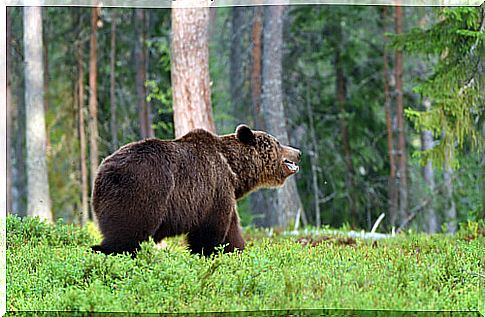
It does not have a very developed vision – in addition, its eyes are very small – and it does not detect objects or animals when they are immobile. In contrast, both his smell and hearing are very good and help him in his daily life.
Reproduction, habits and feeding of the European brown bear
This species reaches sexual maturity around four years of age; Females go into heat between May and July, although they can also copulate before ovulating to increase the possibility of becoming pregnant.
Once the egg is fertilized, it is ‘saved’ until fall for implantation ; at that moment the gestation begins, which lasts two months. Parturition takes place inside the burrow in full hibernation, and in each litter there can be up to three cubs weighing about 350 grams each.
The cubs live with their mothers for a year and a half, and in that period they must learn everything related to hunting and defense; by then they already weigh about 30 kilos. The interval between deliveries is approximately two years.
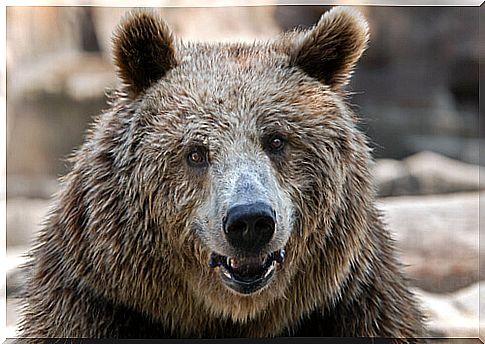
The European brown bear spends the entire winter in the ‘osseras’, where it sleeps with a choppy sleep and no changes in its body temperature. It has a territory of several square kilometers – greater in males – depending on the location on the continent. On average, a female moves in a sector of about 350 km² and a male around 5 400 km².
Regarding its diet, it is omnivorous, like most bears (except the polar which is 100% carnivorous and the panda which is herbivorous). In spring and fall it eats vegetables, insects, small vertebrates, and carrion, although its favorites are honeycombs.
In the summer they move to the banks of the rivers, where they skillfully hunt the salmon that jump out of the water. This is when males, females and young ‘get together’; however, mothers must keep the little ones away from the territorial ‘men’ to avoid confrontations.

